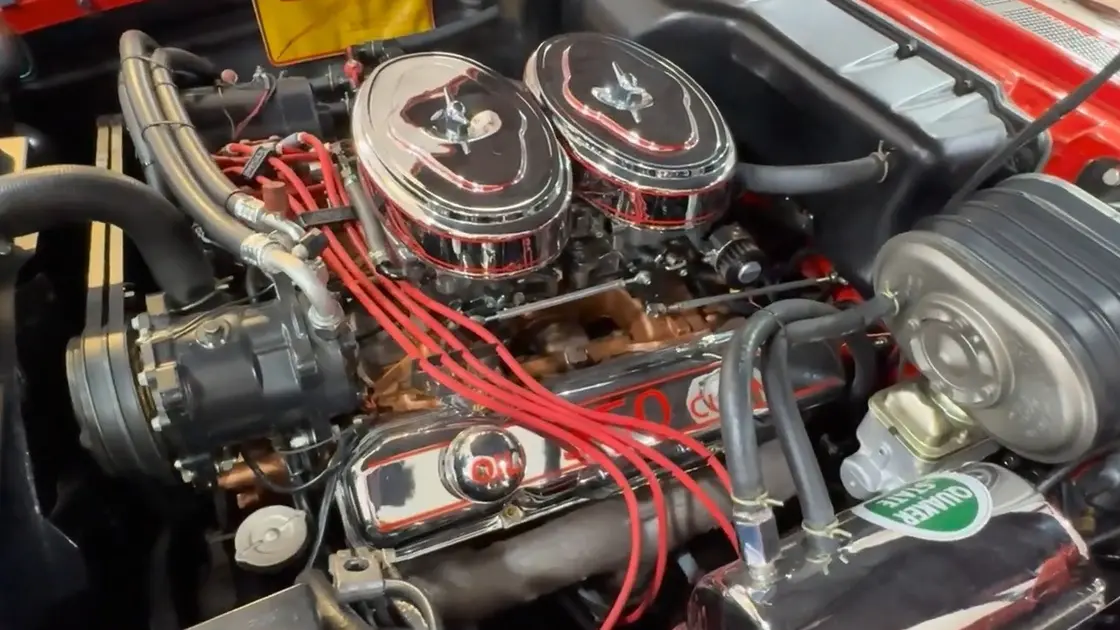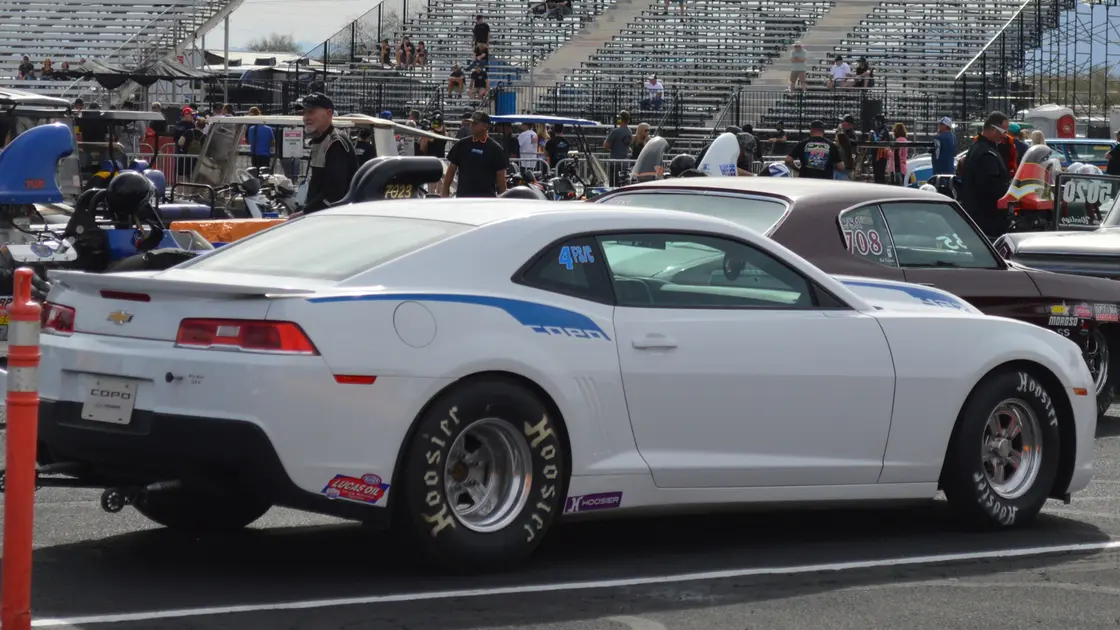T4K3.news
Smallest Big-Block Engines Redefine Classic Power
A look at how packaging and memory shape power in Chevrolet and Chrysler big blocks across generations.

A look at how manufacturers shrink the big V8 while keeping its iconic power.
Smallest Big-Block Engines Redefine Classic Power
Across the 1960s American scene, power was defined by the big V8 and a sense that size meant impact. Engineers explored bold ideas, from Pontiac's overhead cam inline-6 to Chrysler's turbine car, but the enduring image is the naturally aspirated big block V8 with raw torque and a swaggering presence. Iconic engines such as the LS6 454, ZL1 427, 426 Hemi, 429 Super Cobra Jet, and 455 Super Duty are remembered as milestones in the public imagination. The piece notes that while the label big block evokes volume, the real driver is architecture—the bore, stroke, and block stiffness that make it easier to push displacement and power within a single package.
The discussion uses Chevrolet's big blocks as a measuring stick for how scale interacts with performance. Chevrolet's big block measures about 27 inches wide and around 32 inches long, while a small block is about 22 inches wide and a little over 28 inches long. Those numbers remind readers that form can constrain or enable horsepower in the car’s engine bay. The article begins its list with the tiniest Chevy big block ever made to show how packaging decisions affect cooling, reliability, and service life. It shows that the term small block is a relative label, rooted in fit and practicality as much as in numbers.
Key Takeaways
"Power lives in the details not in the footprint"
A reminder that engineering choices shape performance more than size
"The tiniest big block keeps the muscle myth alive"
Linking small blocks to cultural memory
"Dimensions decide fit as much as horsepower"
Points to the role of packaging constraints
"Collectors value memory as much as horsepower"
Notes the buyer market for history
Historically, this curiosity about scale reveals a broader pattern in American engineering. As modern rules push for efficiency and emissions, carmakers still chase the feel of power by clever packaging rather than raw mass. The smallest big block is not a retreat from power but a proof that designers can keep the identity of muscle while matching tighter constraints.
Beyond nostalgia, the piece points to a market where memory matters as much as horsepower. Collectors prize rare blocks because they carry a piece of the era, while engineers test new layouts in modern platforms. The challenge ahead is whether this legacy can translate into future cars that meet stricter rules without losing the thrill people crave.
Highlights
- Power lives in the details not in the footprint
- The smallest big block keeps the muscle myth alive
- Dimensions decide fit as much as horsepower
- Collectors value memory as much as horsepower
The road ahead will test how memory meets modern limits.
Enjoyed this? Let your friends know!
Related News

AI advancements draw comparisons to ancient wonders

Google's AI agent stops cyberattack before it starts

Nintendo Switch 2 Pokémon Legends Z-A Bundle Available for Preorder

Chevrolet launches powerful ZZ632 big block engine

New Ranking of Best Mario Games Released

Nintendo Switch 2 invites are now available

Fallout: Bakersfield trailer reveals fan-made FPS mod

Video game prequels redefine the series
